Table of Contents
A dash is a versatile punctuation mark used to add emphasis, connect ideas, or introduce additional information within a sentence. For beginners, learning how to use a dash can enhance writing clarity and flow by providing smooth transitions or highlighting important details.
Unlike other punctuation marks, a dash is ideal for creating a pause in a sentence, drawing attention to certain words, and guiding readers through ideas effectively.
What is Dash?
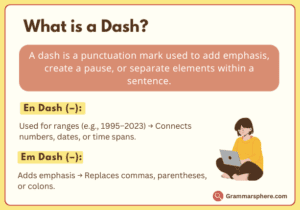
A dash is a punctuation mark used to add emphasis, create a pause, or separate elements within a sentence.
Example Sentences:
The meeting is scheduled for March 10–15. (En Dash for a range)
She finally spoke — after a long silence — and shared her thoughts. (Em Dash for emphasis)
I love many cuisines—Italian, Japanese, and Indian—but sushi is my favorite. (Em Dash replacing commas/parentheses)
Dash Rules
1. Using a Dash to Add Emphasis
A dash can highlight important information, setting it apart from the rest of the sentence. It’s often used when you want to emphasize a word or phrase.
- She finally found what she was looking for – peace.
2. Indicating an Interruption
A dash can show a break or interruption in dialogue or thought, adding a sense of immediacy.
- I was going to say – well, never mind.
3. Replacing Parentheses for Additional Information
Use dashes to add extra details or explanations within a sentence. It is less formal than using parentheses and gives the information more impact.
- My sister – who just graduated – is moving to London.
4. Creating a List or Explanation
When introducing a list or explanation, a dash can be used to connect introductory words to the details that follow.
- She packed everything she needed – clothes, books, and her laptop.
5. Showing a Range or Connection
Dashes can indicate a range of numbers, dates, or places, especially in informal contexts.
- The conference will be held July 10 – July 15.
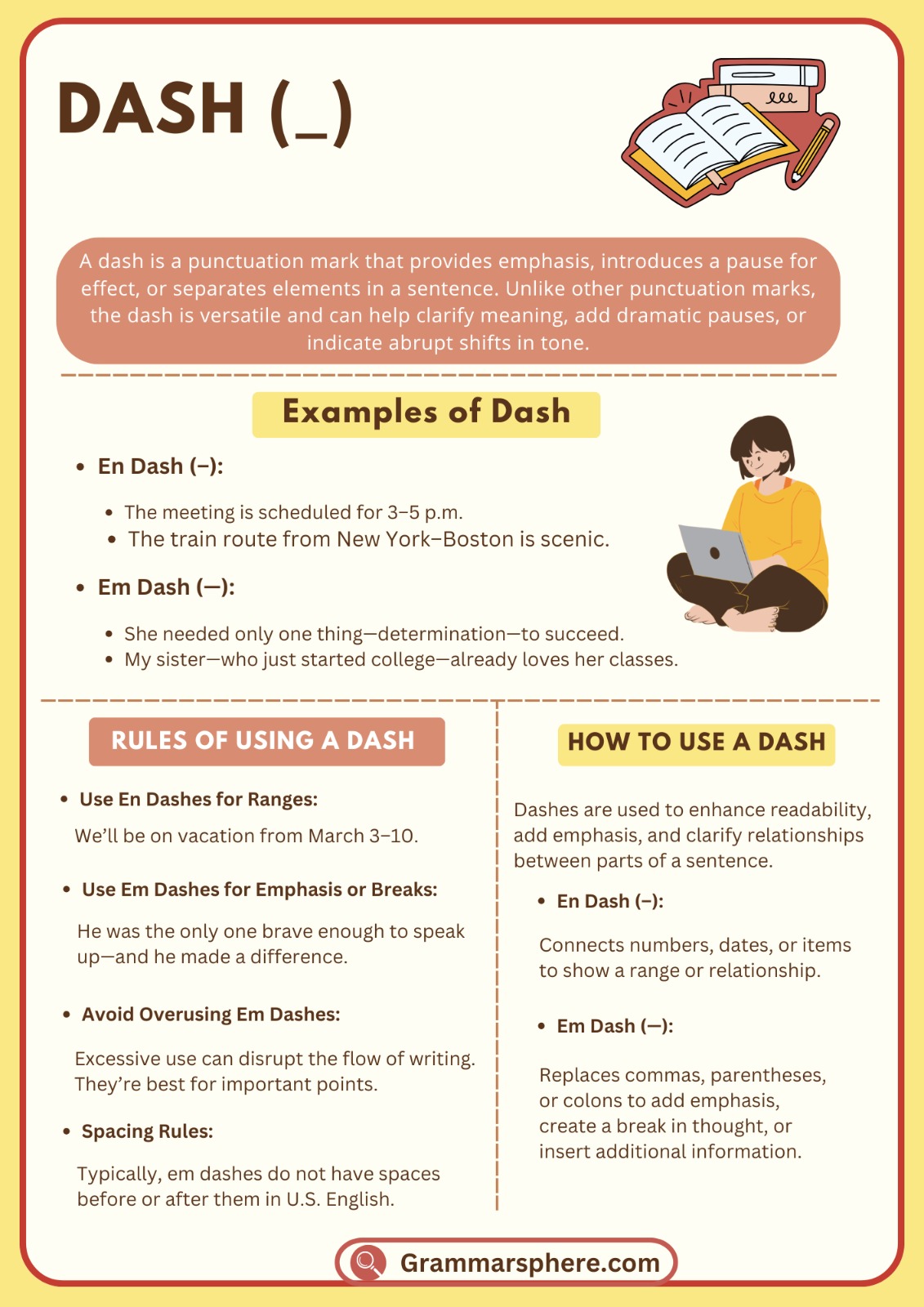
When to Use a Dash
1. Adding Extra Information or Emphasis
A dash highlights extra details or important points, often replacing commas or parentheses.
- My sister—who just moved to New York—will visit next month.
2. Indicating a Pause or Shift
Use a dash to show a sudden pause or change in tone.
- He was ready—but then he got sick.
3. Connecting Related Ideas
A dash links cause and effect or closely related ideas in a sentence.
- She was late—traffic was terrible.
4. Replacing Missing Words
Dashes can omit words for stylistic or censoring purposes.
- I can’t believe he said that! He called her a—.
5. Clarifying Lists
A dash separates items or groups when commas might be confusing.
- She’s traveled to Paris, France—London, England—Tokyo, Japan.
Difference Between a Dash and a Hyphen
| Feature | Hyphen (-) | En Dash (–) | Em Dash (—) |
|---|---|---|---|
| Length | Shortest | Medium | Longest |
| Usage | Connects words or parts of words | Shows ranges or connections | Adds emphasis or indicates a pause |
| Examples | well-known author, sister-in-law, high-quality | 5–10 years, New York–London flight | He wanted one thing—success! |
Common Mistakes with the Dash
Using dashes can be confusing for beginners, as they serve distinct purposes compared to hyphens. Let’s look at some common mistakes and how to avoid them for clearer, more professional writing.
1. Confusing the Dash with the Hyphen
The dash (– or —) is longer than the hyphen (-) and has different functions. Hyphens connect words, while dashes add emphasis or set off extra information.
✗ The well–known author arrived late.
✓ The well-known author arrived late.
2. Using the Wrong Type of Dash
The en dash (–) is used for ranges (e.g., “10–15”), while the em dash (—) adds emphasis or extra details.
✗ Our vacation was from June — July.
✓ Our vacation was from June – July.
3. Forgetting Spaces Around the Dash
In American English, em dashes usually don’t have spaces, while British English often does. Consistency is key.
✗ He was late —again— which surprised everyone.
✓ He was late—again—which surprised everyone.
4. Overusing the Dash
Dashes should be used sparingly to avoid cluttered text.
✗ He arrived – after everyone had left – which was unexpected.
✓ He arrived after everyone had left, which was unexpected.
5. Using Dashes in Place of Commas or Parentheses
Dashes add emphasis but should not replace commas or parentheses unless emphasis is needed.
✗ She was, of course, excited to start her new job — but also nervous.
✓ She was excited to start her new job—but also nervous.
FAQS
What is the meaning of dashe?
A dash (– or —) is a punctuation mark used to indicate a range, connection, emphasis, or a pause in thought.
1. How is an em dash different from an en dash?
An em dash (—) is longer and used for emphasis, pauses, or interruptions, while an en dash (–) is shorter and used for ranges or connections (e.g., 5–10 years).
2. Can a dash replace commas or parentheses?
Yes, an em dash (—) can replace commas, parentheses, or colons for a stronger break or emphasis in a sentence.
You May Also Like

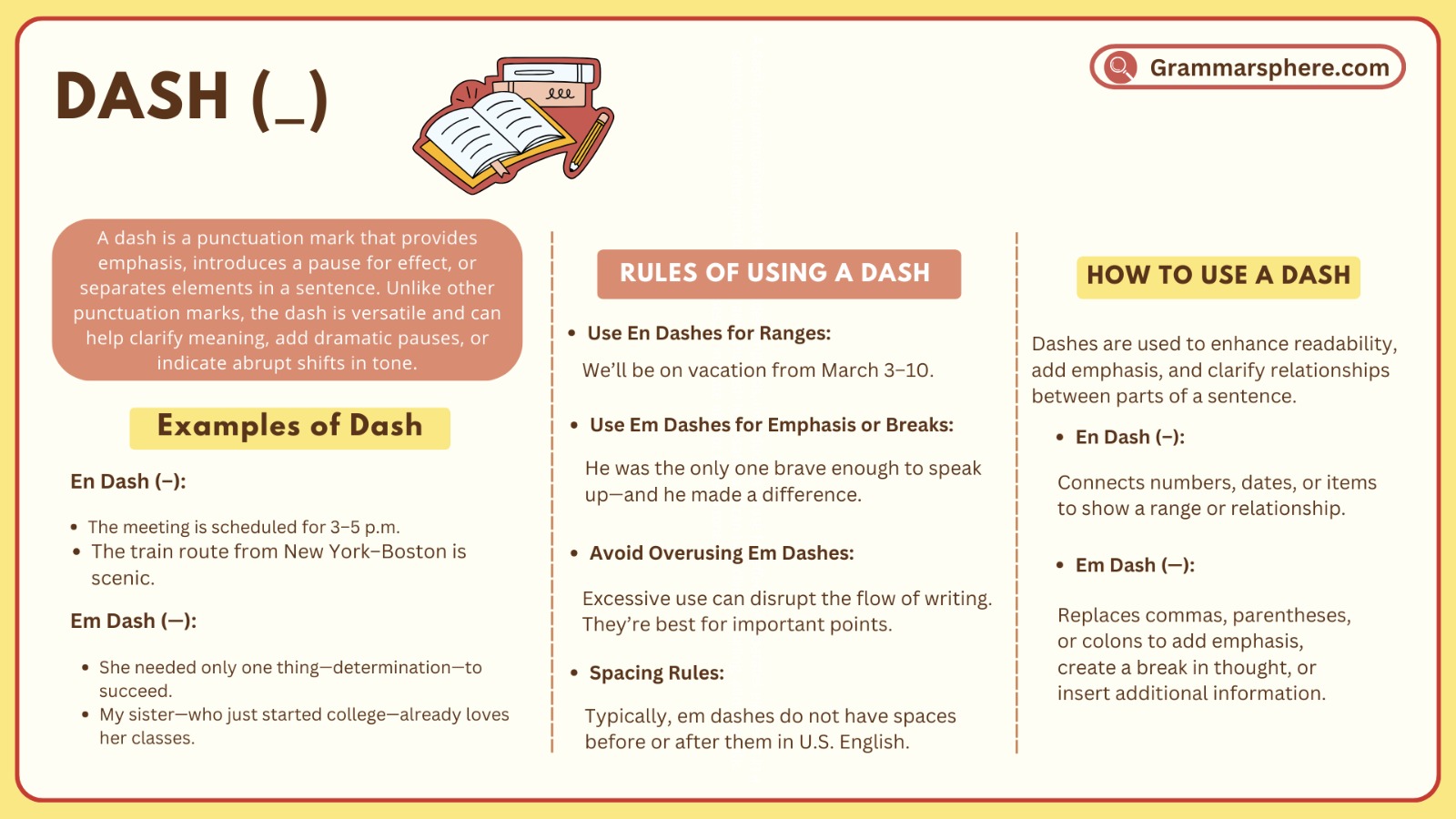
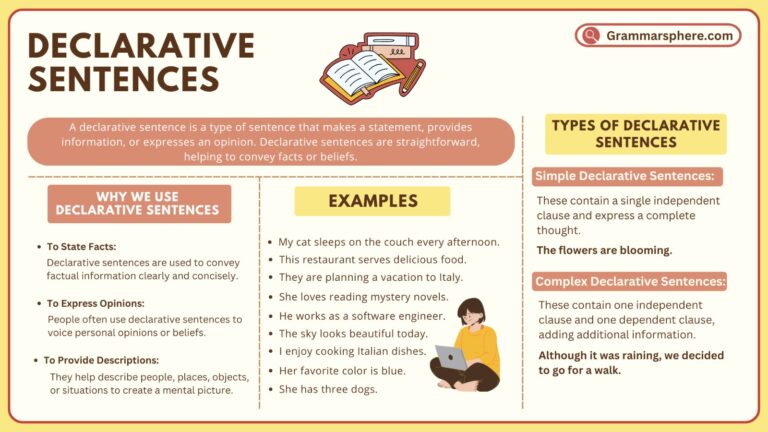
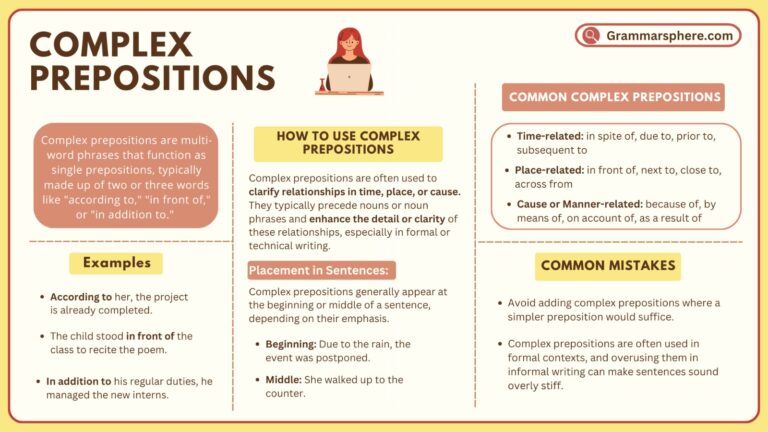


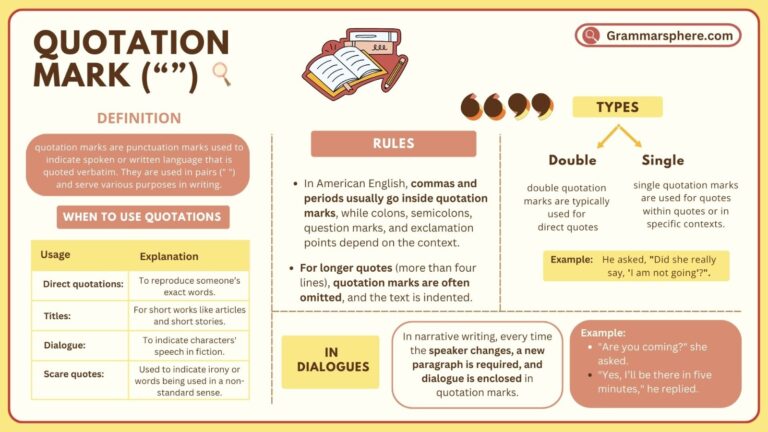
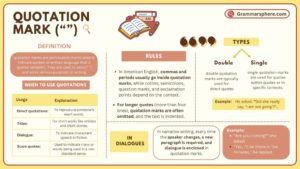
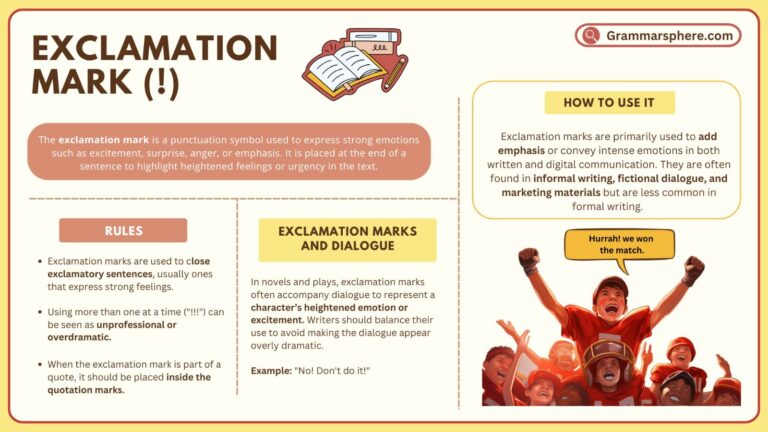

Leave a Comment